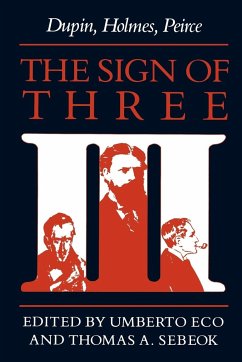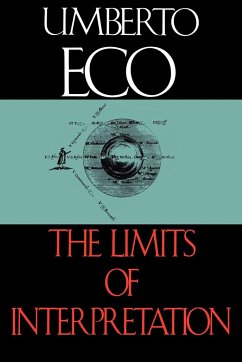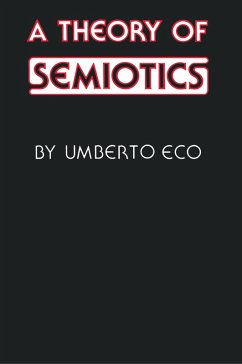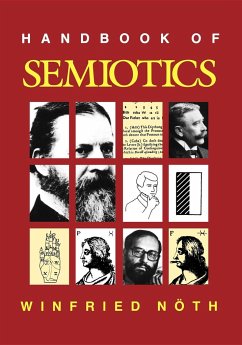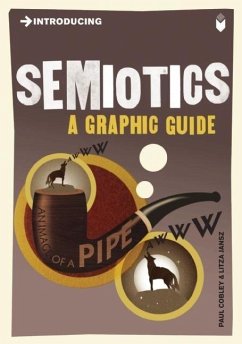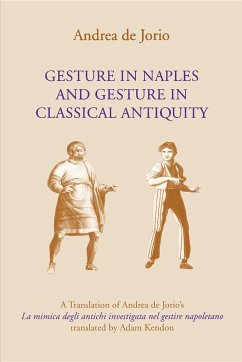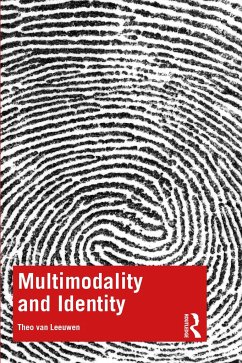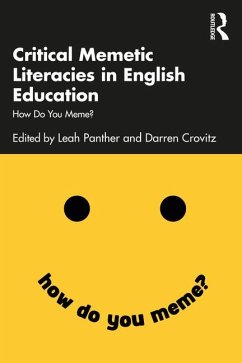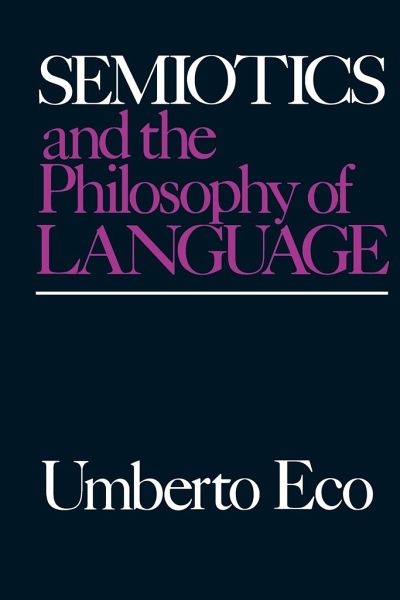
Semiotics and the Philosophy of Language
Versandkostenfrei!
Versandfertig in 2-4 Wochen
28,99 €
inkl. MwSt.

PAYBACK Punkte
14 °P sammeln!
"Eco wittily and enchantingly develops themes often touched on in his previous works, but he delves deeper into their complex nature . . . this collection can be read with pleasure by those unversed in semiotic theory." -Times Literary Supplement
Dieser Artikel kann nur an eine deutsche Lieferadresse ausgeliefert werden.




